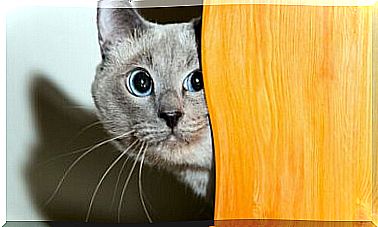Feline Chlamydiosis: Causes, Symptoms And Treatment
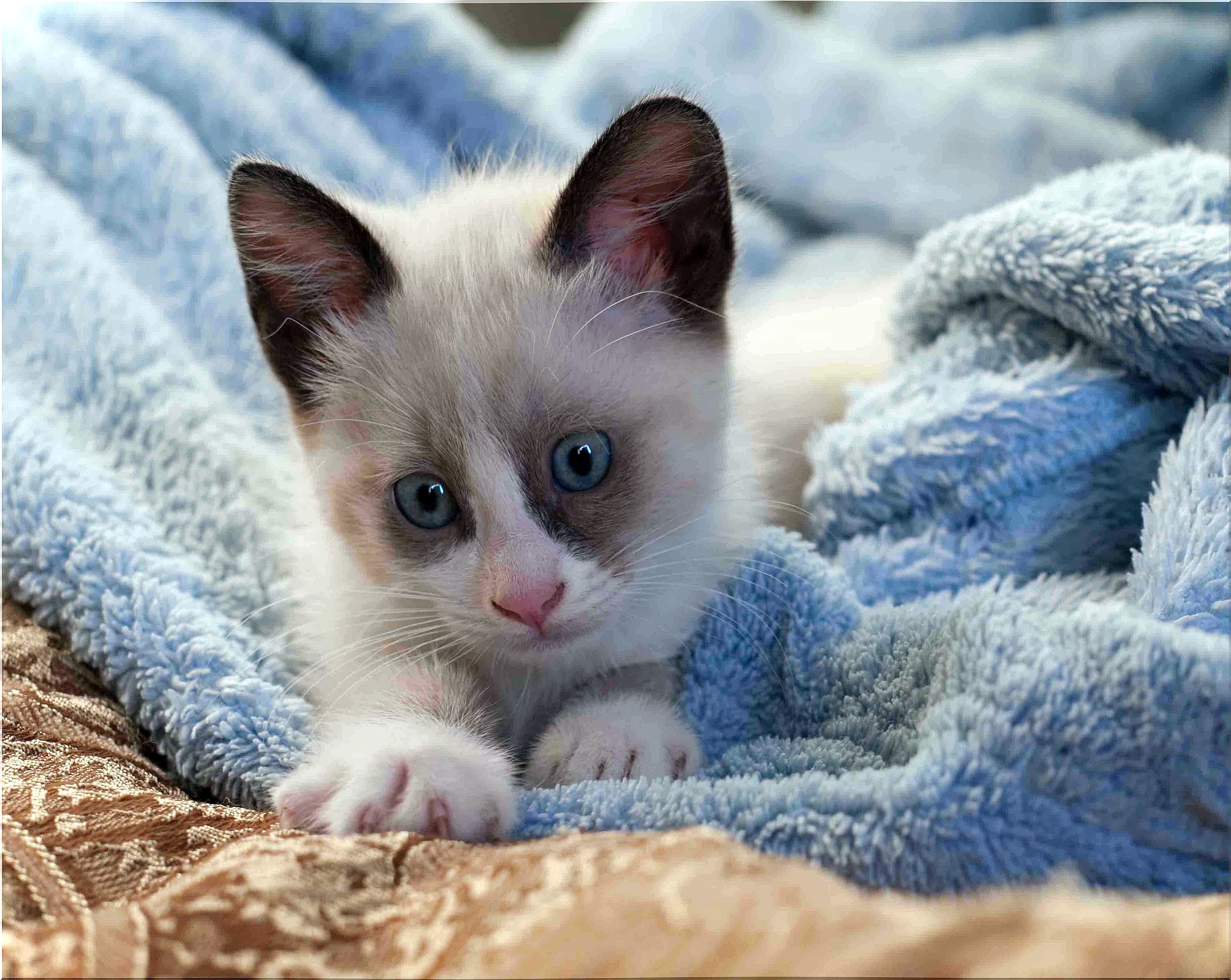
When a cat has excessive discharge or inflammation in one or both eyes, this can be a symptom of feline chlamydiosis. This disease, highly contagious among felines, occurs mainly in places where very large colonies live. And, as the name suggests, it is typical of these animals but does not pose a danger to people.
A common disease in farms and shelters
The cause of this feline disease is a gram-negative bacterium, Chlamydophila felis . Since it has a low resistance to the environment, it will use the cat’s body as a host organism in order to develop the infection.
It can affect cats of all ages and from all over the world, but it mainly affects those animals that are five weeks to three months old.
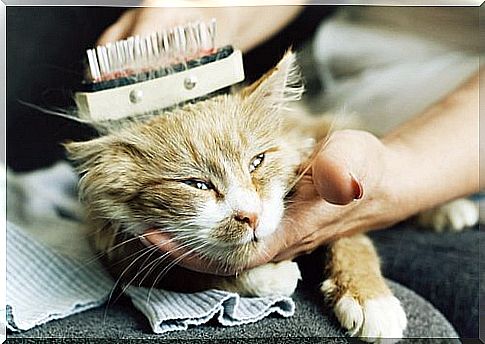
With an incubation period of 3 to 10 days, so-called feline pneumonia is rarely fatal, unless it has complications that have developed alongside other animal health problems, such as rhinotracheitis.
Know the symptoms of feline chlamydiosis
The first manifestations of feline chlamydiosis consist of abundant secretions in one of the eyes. It is an easily detectable symptom, it appears as a spill of liquid from the eyeball. Furthermore, inflammation and redness in the cat’s so-called “third eyelid” (or nictitating membrane ) are very noticeable.
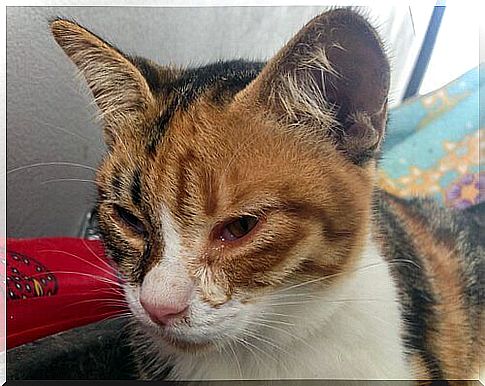
As the days go by, the secretions will become more viscous and take on a greenish color and the other eye will also be affected. Corneal ulcers may also appear.
And if the nose is also affected by the pathology, you will notice that it is constantly running. Your cat will exhibit constant sneezing. Fortunately, however, chlamydiosis can only rarely reach the lungs.
Additionally, the cat may exhibit a transient fever, but it is unlikely that it will lose its appetite as the disease develops. In that case, you will need to encourage him to eat in order to avoid possible weakening or weight loss.
How to cure feline chlamydiosis
Although 30% of conjunctivitis in cats is caused by the bacterium Chlamydophila felis , only the veterinarian will be able to confirm the presence of this organism through a laboratory test. To do this, he will proceed to the analysis of a sample of the secretions.
Once the diagnosis is confirmed, the doctor will prescribe antibiotics to the animal, which will be administered by means of eye drops and also orally or intravenously. Among the most used drugs are:
- Enrofloxacin.
- Clindamycin.
- Doxycycline.
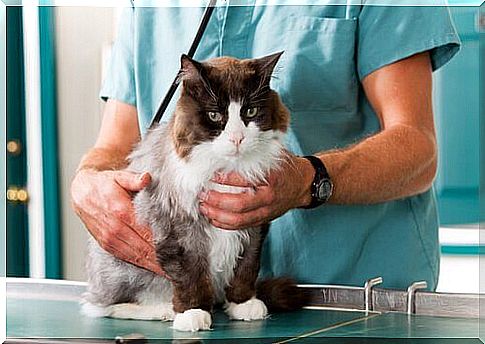
These drugs should usually be given for about four weeks to ensure that the bacteria are permanently eliminated. Otherwise, your veterinarian will be able to evaluate the possibility of continuing with the treatment.
Feline chlamydiosis: how to prevent it
Cats with feline chlamydiosis should be kept isolated from other healthy animals to avoid the spread of the disease. Furthermore, it is convenient to disinfect the common areas to eliminate bacteria, which in any case will last a short time in the environment.
As the disease progresses, you will need to clean the kitten’s eyes and nose with a wipe specifically designed for this task. The vet will tell you which is the most appropriate product. Keep in mind that even weeks or months later, a dark, sticky discharge may appear again, especially in the tear ducts.
It remains to be clarified that feline chlamydiosis can be prevented through vaccination. However, this does not guarantee that the cat will not develop this pathology, but it certainly alleviates its symptoms.
In any case, if you suspect that your cat has any symptoms of this annoying disease, avoid more serious problems by immediately taking your four-legged friend to the trusted vet.









